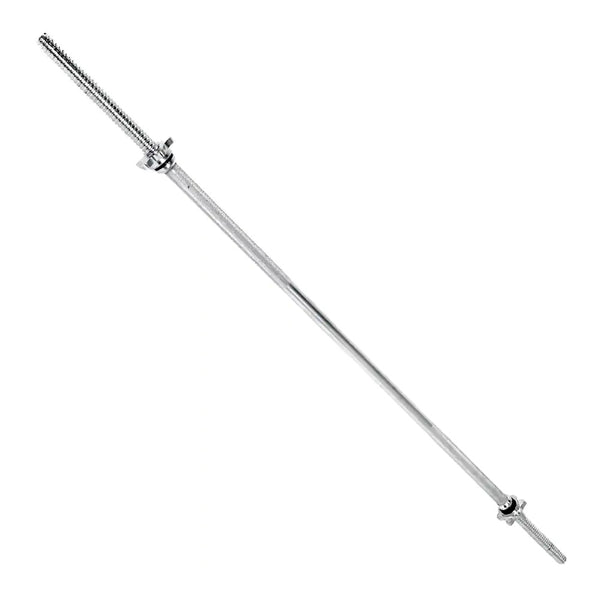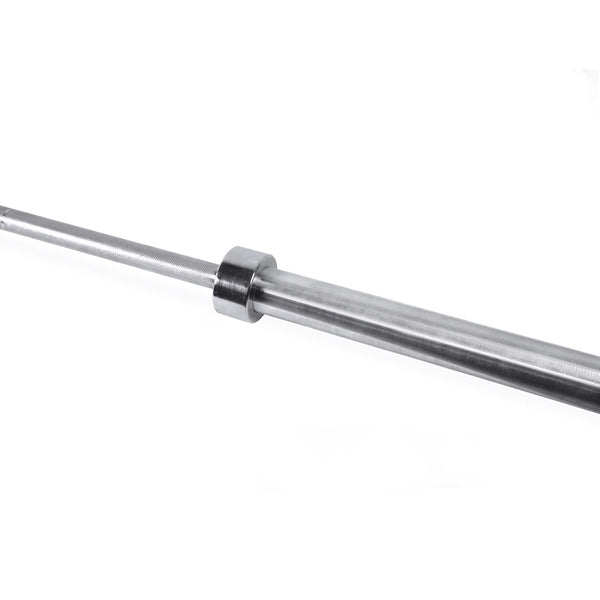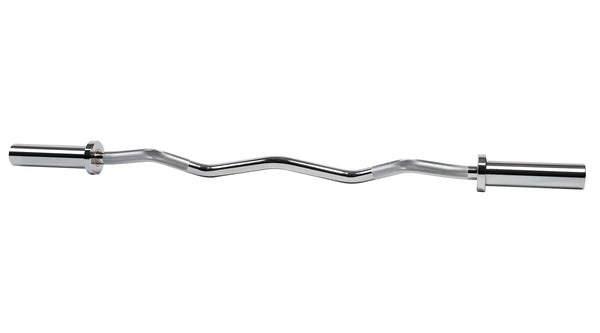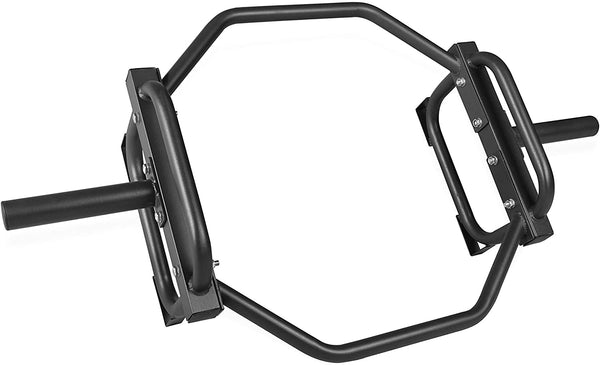Your Cart is Empty
November 01, 2023 6 min read
A barbell is a staple in any strength training routine, allowing you to target specific muscle groups and improve your overall physical strength. However, it’s important to properly use a barbell in order to avoid injury and get the most out of your workouts. In this article, we’ll go over the proper form and technique for using a barbell for strength training.
Shop The Collection: BarbellsThe first step in properly using a barbell is selecting the right weight. If the weight is too light, you won’t see any progress in your strength. On the other hand, if the weight is too heavy, you risk injury and won’t be able to complete the exercise with proper form. As a general rule, you should choose a weight that allows you to complete the desired number of reps with good form, but still challenges you and leaves you feeling tired by the end.
If you’re new to strength training, it’s a good idea to start with a lighter weight and gradually increase the weight as you become stronger. This will allow you to develop proper form and technique before increasing the intensity of your workouts. It’s also a good idea to have a spotter on hand, especially when using heavier weights, to help you if you struggle with a lift or if you drop the weight.
Proper form is crucial when using a barbell for strength training. Not only will proper form help you avoid injury, but it will also ensure that you’re targeting the right muscle groups and getting the most out of your workouts. Here are some tips for proper form and technique when using a barbell:
It’s also important to pay attention to your breath when using a barbell. Exhale as you lift the weight and inhale as you lower it. This will help you maintain proper control and stability throughout the exercise.
Here are some common mistakes to avoid when using a barbell for strength training:
There are many benefits to using a barbell for strength training, including:
There are several types of barbells to choose from when it comes to strength training. Here are a few of the most popular options:
 Shop The Gear: CAP Barbell Standard Threaded Barbell, 6-ft, $45.99 USD
Shop The Gear: CAP Barbell Standard Threaded Barbell, 6-ft, $45.99 USD
 Shop The Gear: CAP Barbell Olympic Chrome Bar, 7-ft, $81.99 USD
Shop The Gear: CAP Barbell Olympic Chrome Bar, 7-ft, $81.99 USD
 Shop The Gear: COREFX EZ Curl Olympic Barbell, $99.99 USD
Shop The Gear: COREFX EZ Curl Olympic Barbell, $99.99 USD
 Shop The Gear: CAP Barbell Olympic Trap Shrug Bar, $99.99 USD
Shop The Gear: CAP Barbell Olympic Trap Shrug Bar, $99.99 USD
When choosing a barbell, consider your goals and the exercises you’ll be doing. A standard or Olympic barbell is a good all-purpose choice for most strength training exercises, while an EZ curl bar or trap bar may be more suitable for specific exercises. It’s also important to consider the weight and length of the barbell, as well as the quality of the construction. A high-quality barbell will be more durable and able to handle heavier weights.
A barbell is a versatile piece of equipment that can be used for a wide range of exercises. Here are a few examples of exercises that can be done with a barbell:
Other barbell exercises include bicep curls, tricep extensions, shoulder press, and bent over rows. Mixing up your routine and using different exercises can help you target different muscle groups and keep your workouts interesting. Just be sure to maintain proper form and technique to avoid injury and get the most out of your workouts.
Using a barbell for strength training can be a great way to improve your physical fitness, but it’s important to prioritize safety as well. Here are a few safety tips to keep in mind:
By following these safety tips and paying attention to your body, you can enjoy the benefits of strength training with a barbell while minimizing your risk of injury.
Using a barbell for strength training can be an effective way to build muscle, improve your strength and power, and boost your athletic performance. Just be sure to choose the right weight, maintain proper form and technique, and follow safety guidelines to get the most out of your workouts and reduce your risk of injury. With consistent practice and proper form, you can see significant progress in your strength and overall physical fitness.
Shipping Protection gives you peace of mind while saving you time and money.
Shipping Protection provides coverage for eligible orders that are lost or damaged in transit, or stolen after delivery has been confirmed by the carrier. MAGMA Fitness, through its partners, administers the protection program and may receive compensation for these services. Coverage is subject to the terms, conditions, and exclusions outlined in our Shipping Protection Terms & Conditions.